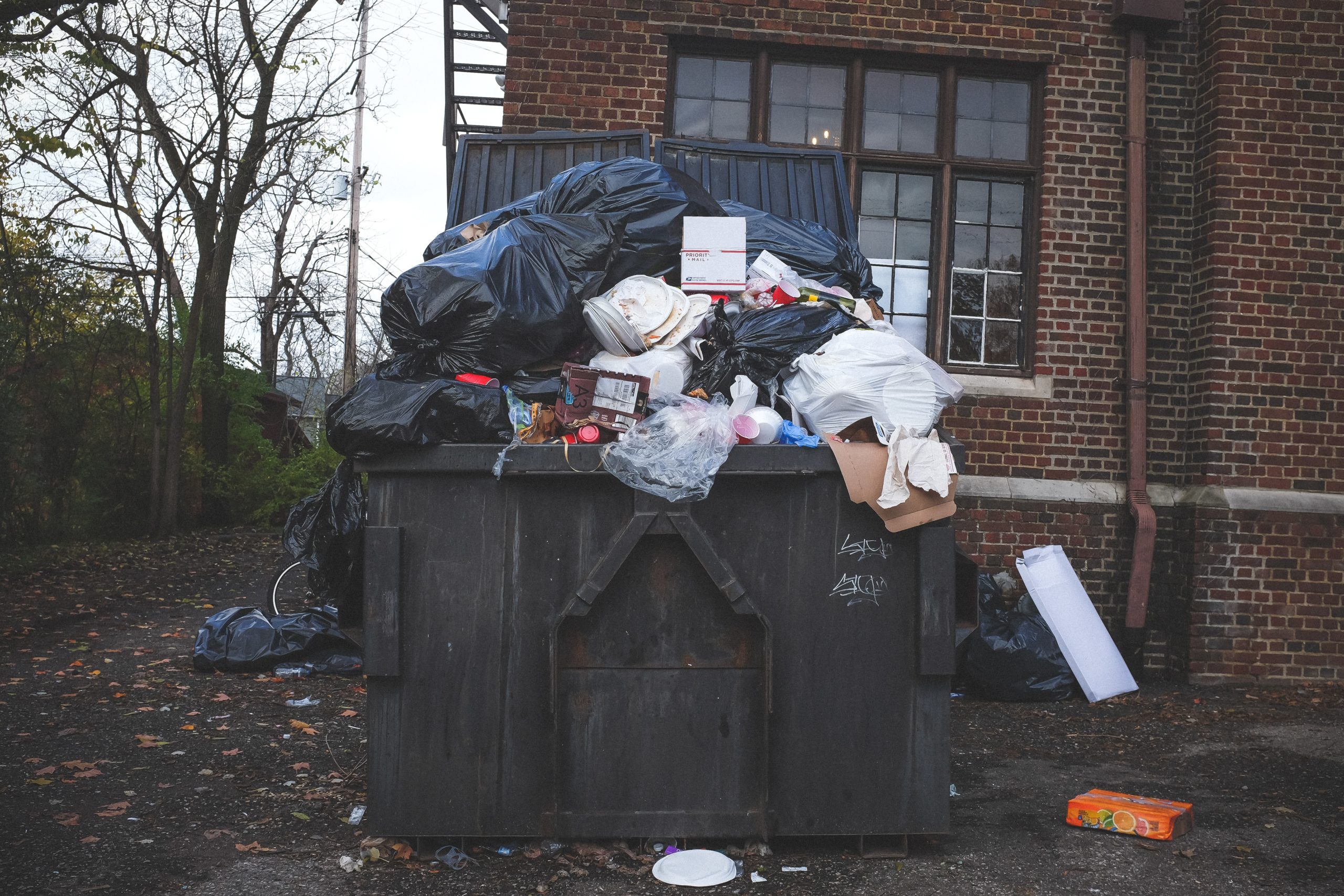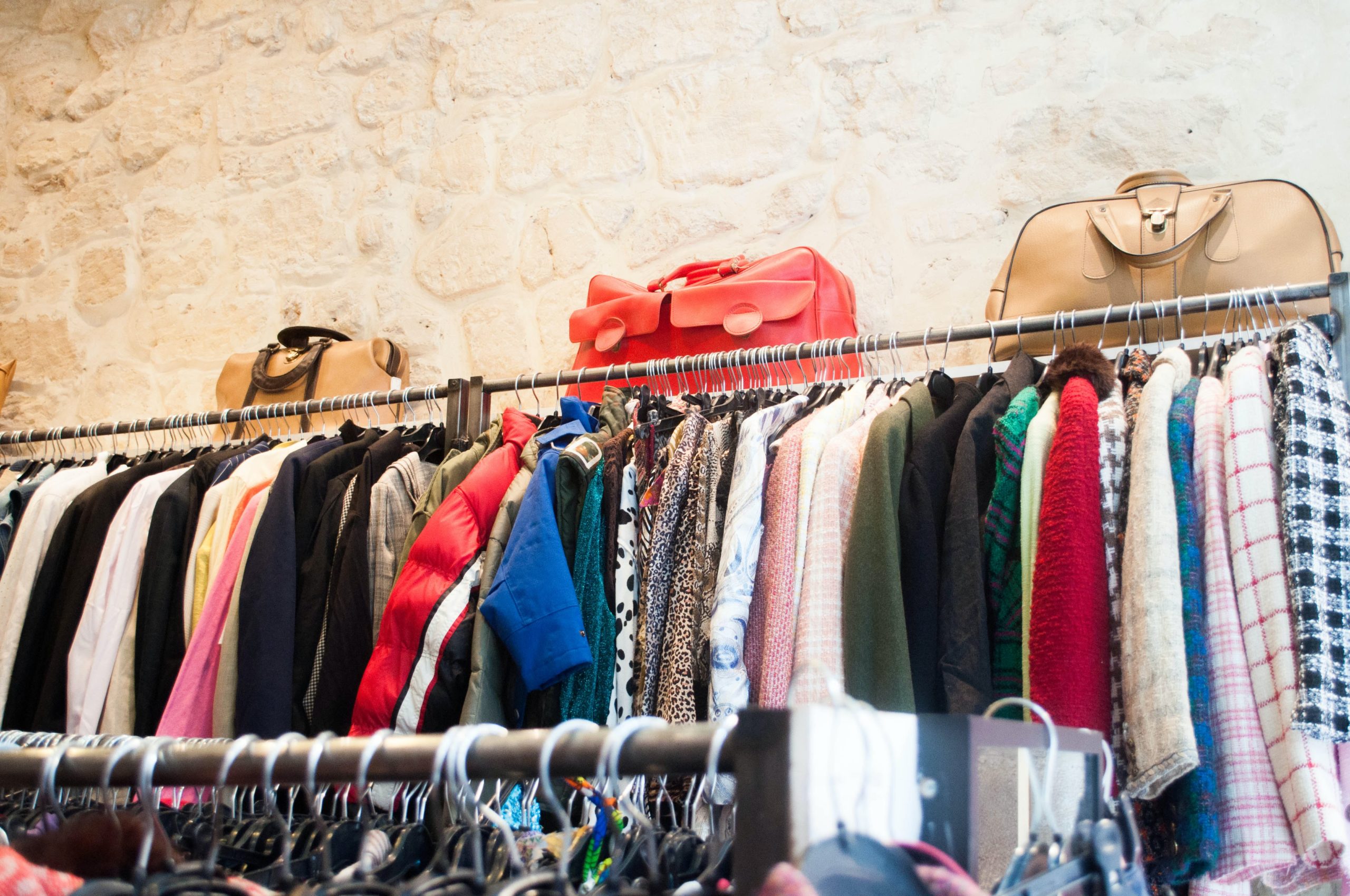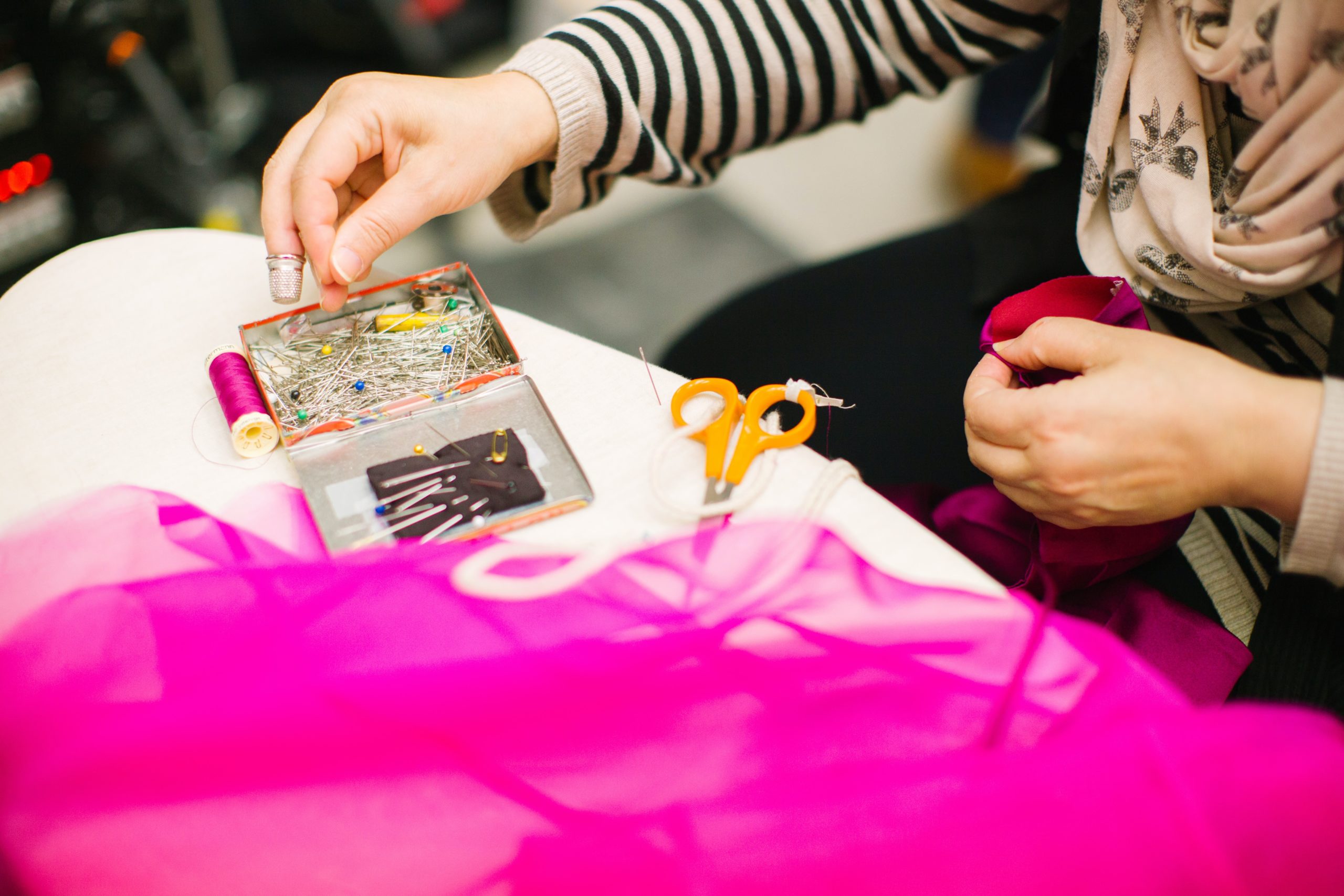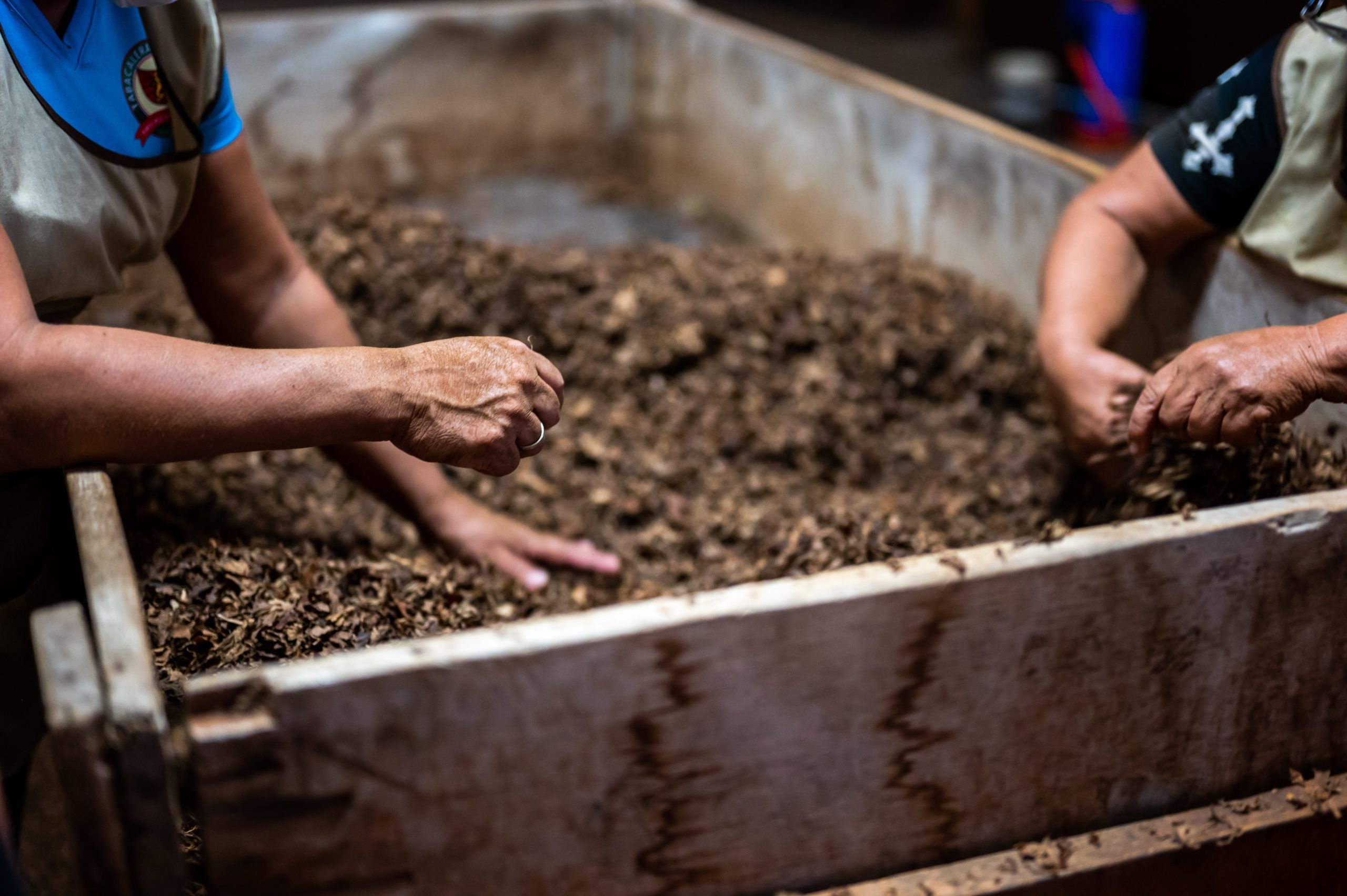Everyone has old clothes they don’t wear anymore.
Maybe, they never even got worn at all. A 2018 survey found that Britons have around £10bn worth of clothing that never made it out of the cupboard.
With this figure showing no sign of decreasing, it’s vital to understand what to do with any old clothes you want to get rid of.
The environmental impact of not recycling old clothes
We live in a time where sustainability is at the forefront of everyone’s mind. Unfortunately, this doesn’t seem to be translating to how we deal with old clothes. Despite the fact that almost all clothing is recyclable, around 350,000 tonnes get binned each year.
This sounds bad, but unfortunately it gets worse. Once they reach the landfill, most clothing and textiles take between 30-40 years to biodegrade.
One of the main issues here is a lack of clarity on what to do with old items of clothing.
The signposting isn’t as clear as with household waste and there isn’t as much focus on the amount of damage it causes.
This issue is starting to get more attention. Notably from the Love Your Clothes campaign and WRAP’s Sustainable Clothing Action Plan. Despite best efforts however, we’re still not where we need to be.
That’s why we put together a quick and easy guide, so you know what to do with your clothes to make sure you’re part of the solution and not the problem.

Distinguishing between old clothes
So, you’ve got some old clothes you don’t want, that’s a start. Next you need to understand what kind of state there is.
There are various ways of sustainably ridding yourself of unwanted garments, but it’s important to make sure you’re doing it in the right way.
Old clothes that you don’t wear anymore
Certain articles of clothing may have nothing wrong with them. Perhaps they just fell out of your rotation or annoyingly don’t fit like they did when they were younger.
Rather than leaving them sitting in the cupboard until you bin them in a fit of rage, find a home for them.
Sell them
If you think that there’s some value left in those threads, try and make some money out of it. There is no shortage of websites perfect for getting rid of second hand clothes. Websites like Vinted and Depop are designed for this purpose and so are your best bet. More generic websites like Gumtree, Shpock and Ebay can also be useful for reaching a wider audience.
To maximise the chances of selling them (and getting yourself the best price in the process) it’s important to follow best practise . This video from Love Your Clothes explains in more detail, but some quick tips are.
- Take photos in good light
- Iron clothes if necessary
- Highlight and photograph any damage or marks to prevent returns
Give them to a friend
Everyone’s got that friend who could do with a bit of a wardrobe boost. If you don’t have the time to put them up for sale then donate them to someone who can get some use out of them.
The final stop for old clothes: The charity shop
So you can’t sell them and your friend’s don’t want them. But, if they’re still in decent nick the chances are the charity shop will take them.
They’re not exactly hard to find but if you’re struggling, check out the Charity Retail Association for help.
Before you take them to your nearest charity shop it’s important to make sure that they are still wearable. No socks, underwear or garments hanging by a thread please.

Old clothes that have passed their sell by date.
If you’re looking at items of clothing that are blighted by holes, stains and tears, they probably need a different approach. Fortunately there are a few different options depending on your circumstances.
Mend / repair
The first thing you need to ask yourself is, can I save this garment? If the answer is yes it’s worth trying to fix. We appreciate that not everyone can use a needle and thread but it’s easy enough to learn how to sew a hem or attach a new button.
You can always take items to a tailor, but you’ll save a lot of money if you work out how to mend your own clothes. For those that want some more detail, Remake.World have put together this handy guide.

Textile and fabric recycling bins
For some clothes, it’s the end of the line. They’ve had a good run but now it’s time to put them out to pasture. The obvious solution for garments entering their winter years are clothing and textile bins.
It’s also worth bearing in mind that lots of retailers offer recycling bins at their stores. M&S is the best example of this, with their ‘Shwopping’ donation bins available at all stores with clothing departments.
If you don’t know exactly where to find one then you can see what’s in your area using Recycle Now’s handy search engine.
It’s also important to note that shoes require a separate type of recycling bin to clothing and textiles.
Speak to the council
If you don’t have any bins in your area then you can always speak to the local council about it.
Some local authorities will operate textile and clothing recycling services alongside normal household waste. If you’re unsure, have a look on their website or give them a call.
Compost old clothes
If for whatever reason you can’t arrange to recycle your clothes, you can try and compost them. As long as the items are made from 100% natural materials, you can add them to a compost heap to help them biodegrade.
If there are zips or buttons it’s important to remove these and dispose of them first.
All you need to do then is shred your clothes and make sure your compost heap has no more than 25% textiles in it. For a more detailed guide on composting your clothes, check out this helpful guide from Compost This

Take preventative measures
One of the best ways to make sure that you don’t throw out old clothes is not to buy too much stuff in the first place. It’s easier said than done.
The rise of fast fashion combined with cheap, quick delivery and online shopping makes buying unnecessary garments all the more tempting. Before purchasing something it’s always worth taking stock and assessing whether you actually need it.
While treating yourself every now and again is perfectly acceptable, it’s important to make sure you’re going to wear it rather than buying something to be recycled still unworn in 6 months time.
